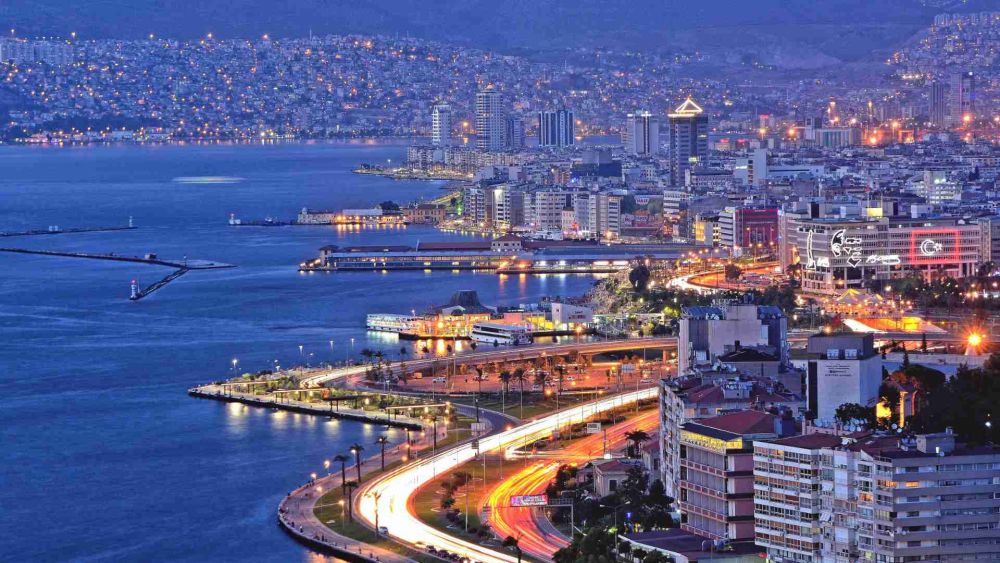

Izmir, historically known as Smyrna, is a city on the Aegean coast of Turkey that has been a key trade center throughout history. Its advantageous geographical position has always made it a crossroads of cultures, contributing to its rich heritage and appeal to tourists.
The history of tourism in Izmir can be traced back to ancient times when the city was a vital hub for trade and cultural exchange. As far back as the period of Classical Greece and throughout the Roman era, visitors flocked to Smyrna for its famous festivals, theatres, and the Agora. With the advent of Christianity, the seven churches mentioned in the Book of Revelation brought pilgrims to the area, especially to the church in Smyrna, enhancing the region's religious tourism.
During the Ottoman era, Izmir's role as a multi-ethnic and multi-religious city saw increased numbers of Europeans settling or passing through, further diversifying its appeal. By the 19th century, Izmir was a cosmopolitan city where European traders, Levantines, and the local Christian and Jewish populations participated in cultural exchanges and international trade, setting the foundation for today's vibrant tourism scene.
In the 20th century, particularly after the establishment of the Republic of Turkey, Izmir's tourism industry began to modernize. The implementation of state-sponsored initiatives aimed to boost the country's tourism sector saw the development of new hotels, restaurants, and transportation infrastructure. Izmir's ancient historical sites, such as Ephesus, became significant draws to both local and international tourists seeking cultural and historical experiences.
Today, Izmir's tourism is characterized by a blend of its rich historical past and modern amenities. Visitors can enjoy a variety of experiences, including:
The city's commitment to preserving its antiquities while developing contemporary attractions continues to make Izmir a must-visit destination for a broad spectrum of tourists. With an eye on sustainable tourism, Izmir aims to protect its historical assets while looking forward toward a future of diverse and responsible tourism growth.